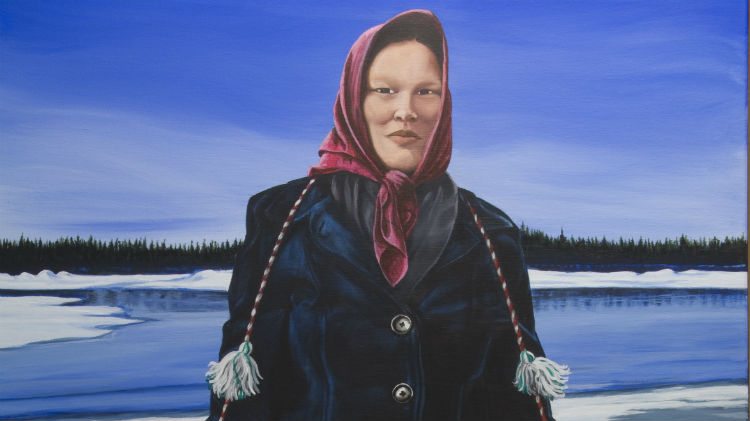The Fort Providence Métis Council has nominated Catherine Beaulieu Bouvier Lamoureux to appear on a Canadian banknote.
Last month, the Bank of Canada started inviting Canadians to nominate iconic women to appear on the next series of bills in 2018.
Lamoureux, remembered as the ‘old mother of us all’, lived from 1836 to 1918.
In 2011, she became the first Métis woman in the Northwest Territories to be named as a Historical Person of Interest by Parks Canada.
Lamoureux is remembered by descendants as fierce and independent with a strong commitment to her community and family.
She was also instrumental in creating the first permanent northern Oblate mission in Fort Providence and subsequent school and hospital.
“With this whole business of putting an iconic woman on Canadian currency, I want to see more indigenous people or Métis people get nominated for this,” said Yellowknife resident Gail Cyr, who submitted her nomination.
“There’s quite a lot of people who have been nominated to this point and I thought, why not Catherine?”
Cyr submitted the nomination on behalf of the Fort Providence Métis Council, which held a weekend celebration in Lamoureux’s honour the year after she was designated a person of historical significance.
Her nomination to appear on a Canadian bank note has since been accepted by the Bank of Canada.
‘Kokum Baie’
Lamoureux was born in the Salt River region near Fort Smith in 1836 to Francois Beaulieu II, one of the major trading chiefs in the region at the time.
She grew up speaking several languages and learned how to hunt, fish, trap and dog sled at an early age.
In 1861, her family relocated to Fort Providence, where she would spend the rest of her life.
Known as the ‘old mother of us all’ – or Kokum Baie – Lamoureux was instrumental in preserving and promoting Métis culture and identity in her community.
She also served as a bridge between generations by promoting indigenous languages in addition to English and French.
“She was the typical northern Métis woman – strong, independent, fierce and totally at home either on the land or in the home,” said Cyr.
You can find a full list of women who have been nominated here.





